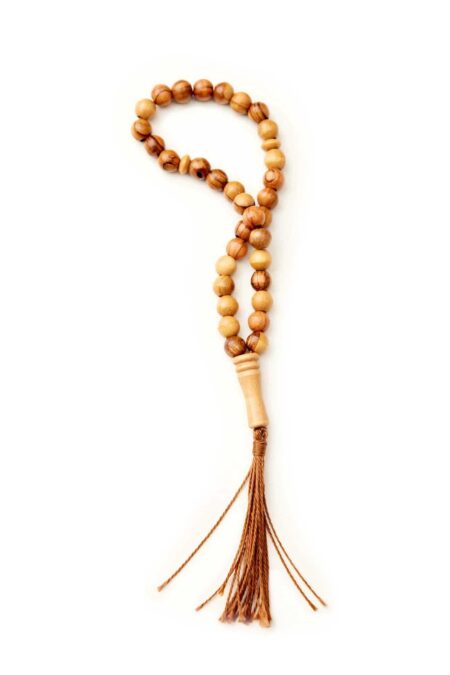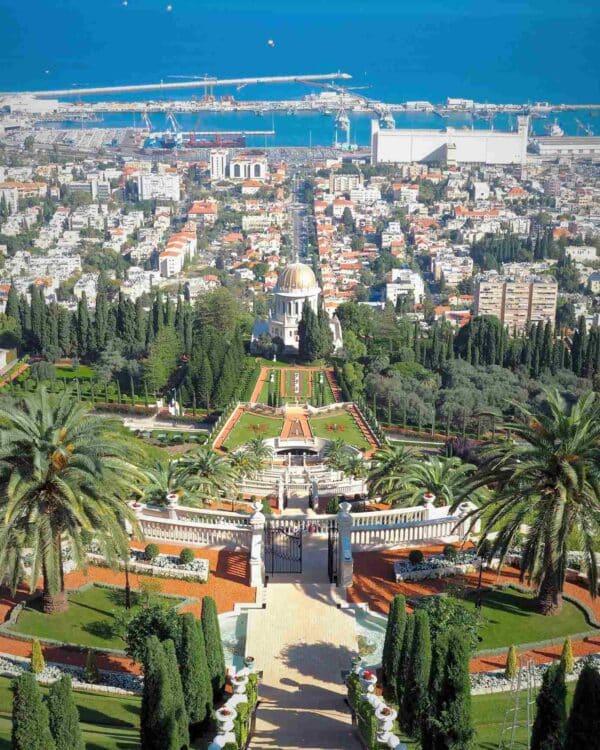32.00€ incl. VAT
Estimated delivery time: 2 months
Out of stock
Want to be notified when this product is back in stock?
Due to high demand and limited supply, there is a limit of 1 Kufiya per order. To ensure that more people can get the chance to own a Hirbawi®️ kufiya. We hope for your understanding.

32.00€ incl. VAT
Estimated delivery time: 2 months
Out of stock
Want to be notified when this product is back in stock?
Due to high demand and limited supply, there is a limit of 1 Kufiya per order. To ensure that more people can get the chance to own a Hirbawi®️ kufiya. We hope for your understanding.


The Keffiyeh (pronounced “Kufiya” in Palestine) continues to hold deep and symbolic value, and serves as an icon of resistance, struggle and freedom for the Palestinian people.
The Hirbawi Keffiyeh is handmade using a classic cross-stitching technique honed over generations. The Keffiyeh is traditionally woven on two layers, the “base”, and the “pattern” or “flower” ( وردة) in Arabic. Beyond its unmatched quality, the Keffiyeh maintains its original functionality:
The Keffiyeh now comes in a variety of colours and patterns that are evolving alongside Palestinian culture. Today, a wide selection of designs are available, based on historic landmarks, and elements of Palestinian culture, as well as the traditional staple Keffiyeh patterns that are known and loved around the world.




Quick Links
Payment Methods
Copyright© 2024
| Cookie | Duration | Description |
|---|---|---|
| cookielawinfo-checkbox-analytics | 11 months | This cookie is set by GDPR Cookie Consent plugin. The cookie is used to store the user consent for the cookies in the category "Analytics". |
| cookielawinfo-checkbox-functional | 11 months | The cookie is set by GDPR cookie consent to record the user consent for the cookies in the category "Functional". |
| cookielawinfo-checkbox-necessary | 11 months | This cookie is set by GDPR Cookie Consent plugin. The cookies is used to store the user consent for the cookies in the category "Necessary". |
| cookielawinfo-checkbox-others | 11 months | This cookie is set by GDPR Cookie Consent plugin. The cookie is used to store the user consent for the cookies in the category "Other. |
| cookielawinfo-checkbox-performance | 11 months | This cookie is set by GDPR Cookie Consent plugin. The cookie is used to store the user consent for the cookies in the category "Performance". |
| viewed_cookie_policy | 11 months | The cookie is set by the GDPR Cookie Consent plugin and is used to store whether or not user has consented to the use of cookies. It does not store any personal data. |